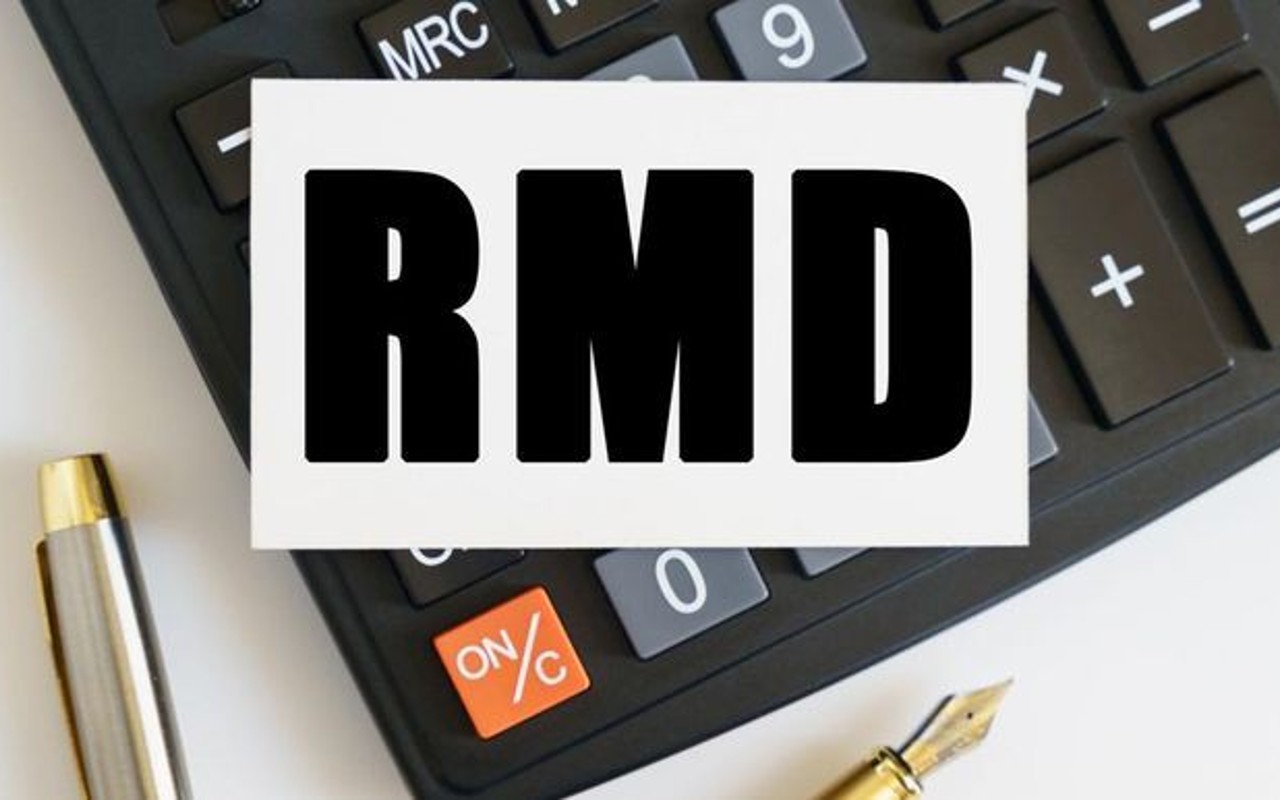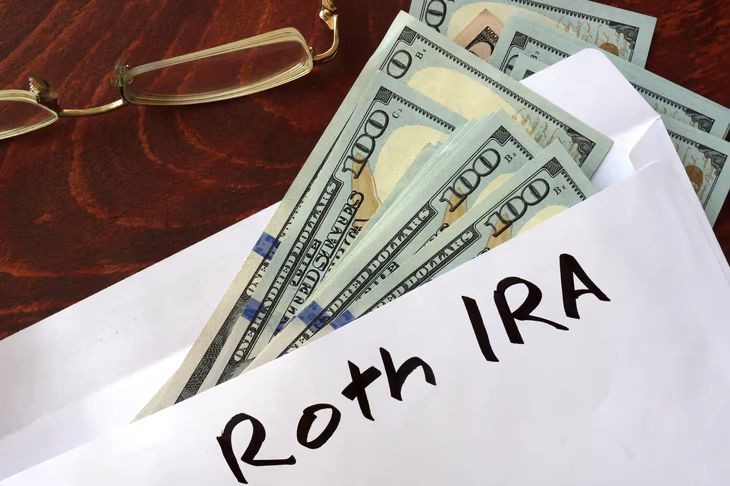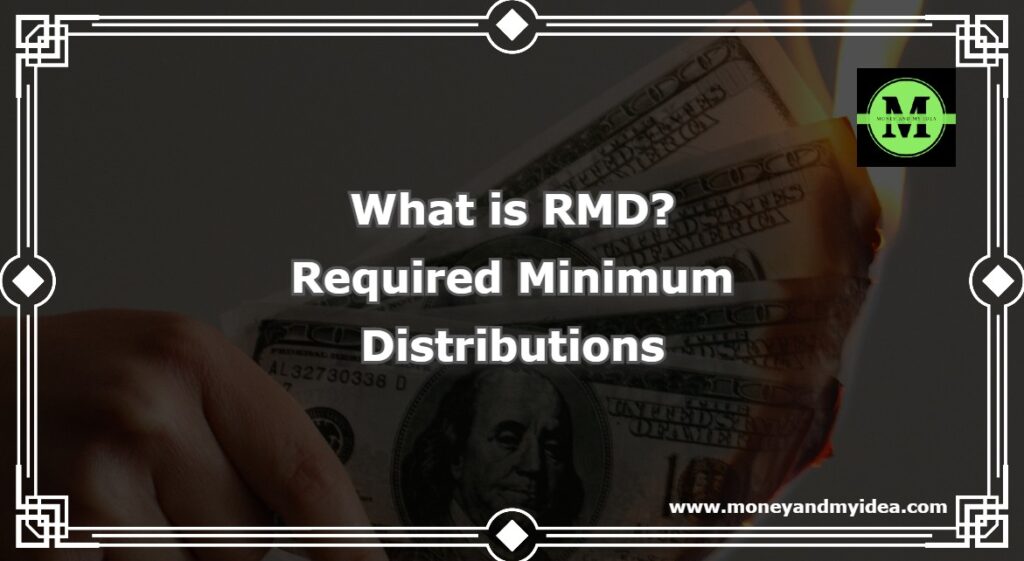If you want to know about the what is Required minimum distributions (RMDs) then your are on the right page. Here I will learn you all about Required minimum distributions (RMDs).
After reading this article I am sure you will understand the what is Required minimum distributions (RMDs)?, How it’s work and all fact about Required minimum distributions (RMDs).
So let start the learning.
Table of Contents
ToggleWhat Is a Required Minimum Distribution (RMD)?
The minimal amount from a tax-deferred retirement plan that you must withdraw and pay ordinary income taxes on once you turn 72 is known as an RMD. When you reach this point, you often have to take an RMD every year.
When you turn 72, you must begin taking required minimum distributions (RMDs) from most retirement accounts, with the exception of Roth IRAs (or 70.5 if you were born before July 1, 1949).
The amount you must withdraw is determined by your account balance as well as your IRS-approved life expectancy.
If you have multiple retirement accounts, you can withdraw money from each one individually or you can add up your RMD amounts and withdraw money from one or more of the accounts.


Important Points…
- The required minimum distribution is the amount you must take out of your account to avoid tax consequences.
- Retirees can and do take more than the RMD.
- If you have multiple accounts, you will usually need to calculate the RMD for each separately and may have to take an RMD from each.
- The SECURE Act of 2019 changed the distribution rules for some inherited IRAs, effectively eliminating the “stretch IRA”—an estate planning strategy that extended the tax-deferral benefits of IRAs.
In order to prevent individuals from utilizing retirement accounts to evade paying taxes, there is a required minimum distribution (RMD).
By dividing the prior year’s fair market value (FMV) of the retirement account by the corresponding distribution period or life expectancy, required minimum payouts are calculated.
Taxpayers can use a worksheet provided by the Internal Revenue Service (IRS) to determine how much money they need to withdraw.
Typically, the custodian of your accounts or the plan administrator will compute these sums and submit them to the IRS.
The following kinds of retirement accounts all come with required minimum distributions:
- SEP-IRAs
- SIMPLE IRAs
- Traditional IRAs
- 401(k)s
- 403(b)s
- 457(b)s
- Profit-sharing plans
- Other defined contribution plans
Why Are There Required Minimum Distributions?
You might be questioning why the IRS won’t allow you put off taking distributions for as long as you’d want.
This is why: The following account types all provide tax deferral. You can fund these accounts with tax-deductible contributions and take advantage of tax-deferred growth.
The IRS receives nothing from your IRA savings between the time you initially start, let’s say, a standard IRA and the time you turn 70.5.
You didn’t anticipate the taxman to put off your payments forever, did you? The IRS imposes mandated minimum distributions as a result.
Without RMDs, people could store their money in tax-deferred retirement accounts for as long as they wanted without having to pay taxes on it.
The IRS wants to make sure that it receives its part when you’re in your golden years in exchange for allowing you to deduct your contributions to tax-deferred accounts.
Why Don’t Roth IRAs Have RMDs?
Since after-tax dollars are used to finance Roth IRAs and Roth 401(k)s, the IRS has already received a portion of the funds.
Roth accounts are fantastic because you don’t have to withdraw money from them if you don’t have to and you don’t have to pay taxes on it when you do.
Some clever people decide to mix Roth and non-Roth accounts to vary their tax burden in retirement.


How Are Required Minimum Distributions Calculated?
Divide the account balance at the end of the prior calendar year by the distribution period listed on the IRS’s Uniform Life Table to get this year’s RMD. A polite way of saying “the amount of years you have left” is the “distribution period.”
Are RMD Distributions Taxed?
There is a deferred tax burden since RMDs are taken out of retirement accounts when pre-tax contributions were made.
RMDs must consequently be subject to income tax at the time they are taken (at your current tax bracket). RMDs taken from a Roth 401(k), which are tax-free, would be the exception.
What If I Don't Take RMDs?
The IRS will fine you if you are over 72 and decide not to take your RMD. Particularly, a 50% tax will be imposed on the amount that is not withdrawn.


Why Does the IRS Impose RMDs?
Because pre-tax funds are used in traditional IRAs and 401(k) plans, the IRS enforces RMDs to stop people from evading paying the deferred tax burden owed on their contributions.
Watch more About RMD
Conclusion
You will be penalized for skipping distributions or taking distributions that are too little. You will specifically be responsible for paying the IRS a 50% excise tax on the amount you ought to have received in distributions.
Add “start taking RMDs” to your list of things to do when you inherit since this also applies to beneficiaries.













Pingback: Non-Taxable Income Sources for Retirement - Money & My Idea
Pingback: 15 smartest ways to save for retirement - Money & My Idea
Pingback: 5 personal loan mistakes that might cost you money. - Money & My Idea
Pingback: New What is RMD? | All About Required Minimum Distributions 2022 - Likeley
Pingback: Top 50 Money Quotes To Help Motivate You With Your Finances - Money & My Idea
Pingback: New What is RMD? | All About Required Minimum Distributions 2022 - Likeley